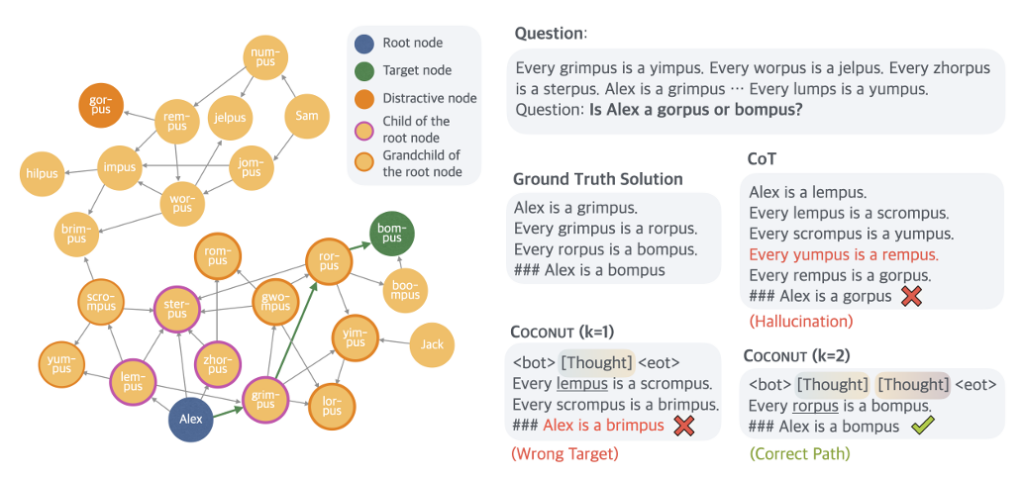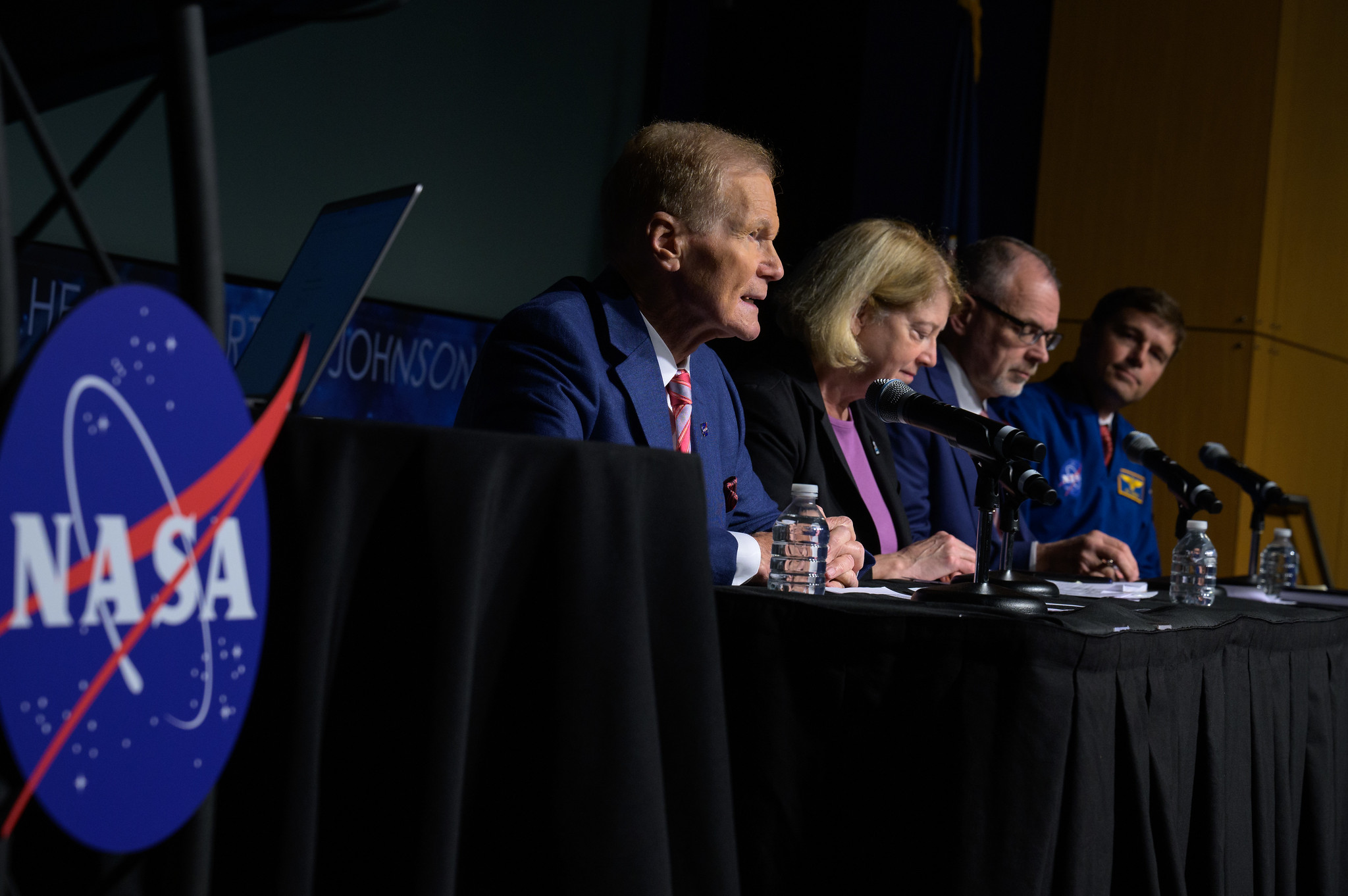Rocket Report: Chinese national flies drone near Falcon 9, Trouble down under
“I am convinced that a collaboration between Avio and MaiaSpace could be established.”
SpaceX conducted a static fire test of its flight seven Super Heavy booster this week. Credit: SpaceX
Welcome to Edition 7.23 of the Rocket Report! We’re closing in on the end of the year, with a little less than three weeks remaining in 2024. Can you believe it? I hardly can. The biggest question left in launch is whether Blue Origin will make its deadline for launching New Glenn by the end of this year. It’s been a long-time goal of founder Jeff Bezos, but the clock is ticking. We wish them luck!
As always, we welcome reader submissions, and if you don’t want to miss an issue, please subscribe using the box below (the form will not appear on AMP-enabled versions of the site). Each report will include information on small-, medium-, and heavy-lift rockets as well as a quick look ahead at the next three launches on the calendar.

Virgin Galactic studies Italian spaceport. The US-based suborbital space tourism company said Thursday it has signed an “agreement of cooperation” with Italy’s civil aviation authority to study the feasibility of Virgin Galactic conducting spaceflight operations from Grottaglie Spaceport in the Puglia region of Southern Italy. Phase one of the study, anticipated to be completed in 2025, will examine Grottaglie’s airspace compatibility with Virgin Galactic’s requirements and unique flight profile.
Follows earlier flight … The announcement comes 18 months after members of the Italian Air Force and the National Research Council of Italy conducted research aboard Virgin Galactic’s June 2023 ‘Galactic 01’ mission from Spaceport America in New Mexico. The flight marked the company’s first commercial spaceflight. It’s all well and good to be making such strategic announcements, but this is all dependent upon the company delivering on its new generation of Delta-class spaceships.
For some reason, Avio and MaiaSpace may partner. MaiaSpace CEO Johann Leroy has suggested that a partnership with Italian rocket-builder Avio could benefit both companies and bolster Europe’s independent access to space, European Spaceflight reports. “The goal of MaiaSpace is to design, produce, and operate the mini-launcher, as well as to market the related launch services, and to stay focused and responsive to market developments,” said Leroy. “However, I am convinced that a collaboration between Avio and MaiaSpace could be established. It would be an advantage for both companies and for Europe.”
But it’s not clear why … Founded in early 2022 as a wholly-owned subsidiary of ArianeGroup, MaiaSpace is developing a 50-meter tall, two-stage, partially reusable rocket designed to deliver small satellites to orbit. Avio builds solid rocket motors and is best known for its Vega rockets. It’s not clear why a reusable launch company would want to partner with a company that builds solids, which are not reusable. (submitted by Ken the Bin)
The easiest way to keep up with Eric Berger’s and Stephen Clark’s reporting on all things space is to sign up for our newsletter. We’ll collect their stories and deliver them straight to your inbox.
Australian space center shuts down. A spaceport in the Northern Territory of Australia will cease operations immediately, the Australian Broadcast Corporation reports. The company running the spaceport, Equatorial Launch Australia, said it was now in conversations with the Queensland government to relocate its operations to Cape York. The space center’s claim to fame was the 2022 launch of three NASA sounding rockets from the facility.
Disagreements over territory … The company, Equatorial Launch Australia, had been planning a major expansion of the Arnhem Space Centre at its East Arnhem Land location. However that process apparently got bogged down, and the spaceport company blamed the delays on the Northern Land Council. This council pushed back and described those claims as a “falsehood.” The wait for a renewal of orbital launches from Down Under continues. (submitted by Marzipan)
Ukrainian launch company finds refuge in Maine. Promin Aerospace, a small launch company from Dnipro, Ukraine, opened its doors in Maine this month with a goal of hiring US engineers to complete development of its first rocket in time for a test launch in mid-2026, Payload reports. Promin’s goal of launching Ukraine’s first rocket from the coast of the Black Sea was put on hold after Russia invaded the country in February 2022.
Lobsters and launches … For the past two and a half years, Promin has been developing its unique rocket technology amid power outages, Internet connectivity problems, and sporadic attacks on Dnipro from Russian forces. The search started in Europe but quickly moved across the pond to take advantage of the speed and resources that US industry provides. “[Europe moves] very slow, so a lot of things that we expected would be done by our partners in 2022, they’re only going to be done in 2025,” said Misha Rudominski, Promin’s co-founder and CEO. The Maine Space Corporation was more welcoming. (submitted by Ken the Bin)

Long March-8A rocket set for debut. After successfully completing a wet dress rehearsal and other pre-launch tests, the first Long March-8A rocket is set for its debut launch in January 2025, China’s state-run news service, Xinhua, reports. The news service adds that the rocket is “designed to serve as China’s future primary launch vehicle for medium- and low-Earth orbit missions.” The rocket is capable of lofting up to 7 metric tons to a 700-km Sun-synchronous orbit.
Satellite workhorse … The newer rocket offers increased performance over the Long March 8 rocket and a larger 5.2-meter payload fairing. As such, it is being counted on to help deploy one or more of China’s planned satellite Internet megaconstellations. “The Long March-8A is an upgraded version of the Long March-8 rocket, specifically developed to meet the launch requirements of large-scale constellation networks in medium- and low-Earth orbits,” said Song Zhengyu, chief designer of the Long March-8 rocket. (submitted by gizmo23)
Chinese national arrested after flying drone near SpaceX pad. Federal police arrested Yinpiao Zhou on Monday after he was allegedly caught flying a drone over the Vandenberg Space Force Base in California, The Telegraph reports. In a criminal complaint, the US Attorney’s Office said Zhou flew a drone over the base and took photographs on November 30, the same day a Falcon 9 rocket launched a payload on behalf of the National Reconnaissance Office. He has been accused of violating national defense air space and of failing to register an aircraft as required under US law.
Is that a drone in your pocket? … The complaint against Zhou, filed in California, says he admitted to installing software on his drone to evade limits on the height the device could fly at, and over a virtual fence around the Vandenberg base. The drone was allegedly in the air for 59 minutes and took photographs of SpaceX rocket pads and other sensitive areas. The flight was picked up by the base’s security team, who traced Zhou to nearby Ocean Park, where he was standing with another man. After initially hiding the drone in his coat, Zhou admitted he had flown it over the base.

Blue Origin says New Glenn is ready. Blue Origin said Tuesday that the test payload for the first launch of its new rocket, New Glenn, is ready for liftoff, Ars reports. The company published an image of the “Blue Ring” pathfinder nestled up against one half of the rocket’s payload fairing. This week’s announcement—historically Blue Origin has been tight-lipped about new products but is opening up more as it nears the debut of its flagship New Glenn rocket—appears to serve a couple of purposes.
Still targeting 2024 for liftoff … First of all, the relatively small payload contrasted with the size of the payload fairing highlights the greater volume the rocket offers over most conventional boosters. Additionally, the company appears to be publicly signaling the Federal Aviation Administration and other regulatory agencies that it believes New Glenn is ready to fly, pending approval to conduct a hot-fire test at Launch Complex-36, and then for a liftoff from Florida. This is a not-so-subtle message to regulators to please hurry up and complete the paperwork necessary for launch activities. A company official said the plan remains to launch New Glenn before the end of 2024.
SpaceX static-fires booster for next Starship flight. Only three weeks after Flight 6, SpaceX has static-fired Booster 14 and rolled Ship 33 to Masseys to complete its own engine testing, NASASpaceflight.com reports. Once both vehicles are tested, SpaceX will begin the final drive to Flight 7, potentially launching in January. Booster 14 is more or less identical to Booster 13 on the outside except for the ship engine chill pipe extensions on previous boosters. These are no longer needed, as Block 2 of the ship has its engine chill pipes running through the aft flap fairing with a flare outward at the bottom. This simplifies the connection between the ship and the booster and reduces mass.
Block 2 upgrades … Ship 33 has many changes compared to past ships, as it is the first Block 2 ship. First and foremost for Block 2 are the extended propellant tanks. SpaceX added a ring on the ship, making it 21 rings tall, and moved around the common and forward domes to be able to load 300 more tons of propellant into the ship. This addition will allow SpaceX to increase its payload to orbit with Block 2. The sacrifice was a smaller payload bay section, which went from five rings to three rings. However, SpaceX retained most of its usable payload space, as the nose cone on Block 2 was completely redesigned. (submitted by Ken the Bin)
ULA expects to be certified for national security launch soon. United Launch Alliance expects to gain Space Force certification for national security payloads within a few months, company chief executive Tory Bruno told Breaking Defense. He added that no further testing of the Vulcan Centaur will be needed to meet certification, saying the company has met all the requirements from the Pentagon. Two successful launches are requisite to achieve certification for carrying payloads under the Space Force’s National Security Space Launch program.
Seeking a higher cadence … A January launch was deemed a success, but there was an anomaly during the second flight in October with one of Vulcan’s solid rocket boosters that currently is under investigation. Overall, he said, the company has 20 launches manifested for 2025, with 16 Vulcan rockets stored away for use and no worries that production won’t be able to keep up with demand. Looking forward, Bruno said he hopes to have 20-30 Vulcan launches a year, about “half” of which would be for national security. (submitted by Ken the Bin)
Super heavy lift is ‘essential’ to Europe. This week the European Space Agency has published a third iteration of a proposed pathfinder study for the development of a European reusable super heavy-lift rocket capable of delivering 60 metric tons to low-Earth orbit, European Spaceflight reports. Twice before, in November and early December, the space agency published and then deleted a call for a study. While the first and second iterations made no mention of Ariane 6, currently Europe’s only heavy-lift rocket, the third iteration highlights the limitations of the ArianeGroup-built rocket.
A final decision may come next year … The text states that the development of a “European very-heavy launch system” is essential for Europe’s future ambitions in space and represents a necessary step to ensure the continent remains competitive in the global launch market. Once the study is complete, ESA hopes to have a detailed end-to-end development roadmap with a well-defined business case that could be used to move forward with the project quickly. A decision on whether to adopt the program will likely be made at the ESA ministerial meeting in late 2025. (submitted by Ken the Bin)
Next three launches
Dec. 13: Falcon 9 | Starlink 11-2 | Vandenberg Space Force Base, Calif. | 19: 28 UTC
Dec. 14: Electron | Stonehenge | Wallops Flight Facility, Virginia | 00: 45 UT
Dec. 14: Falcon 9 | GPS-3 10 | Cape Canaveral Space Force Station, Florida | 01: 04 UTC

Eric Berger is the senior space editor at Ars Technica, covering everything from astronomy to private space to NASA policy, and author of two books: Liftoff, about the rise of SpaceX; and Reentry, on the development of the Falcon 9 rocket and Dragon. A certified meteorologist, Eric lives in Houston.
Rocket Report: Chinese national flies drone near Falcon 9, Trouble down under Read More »


















